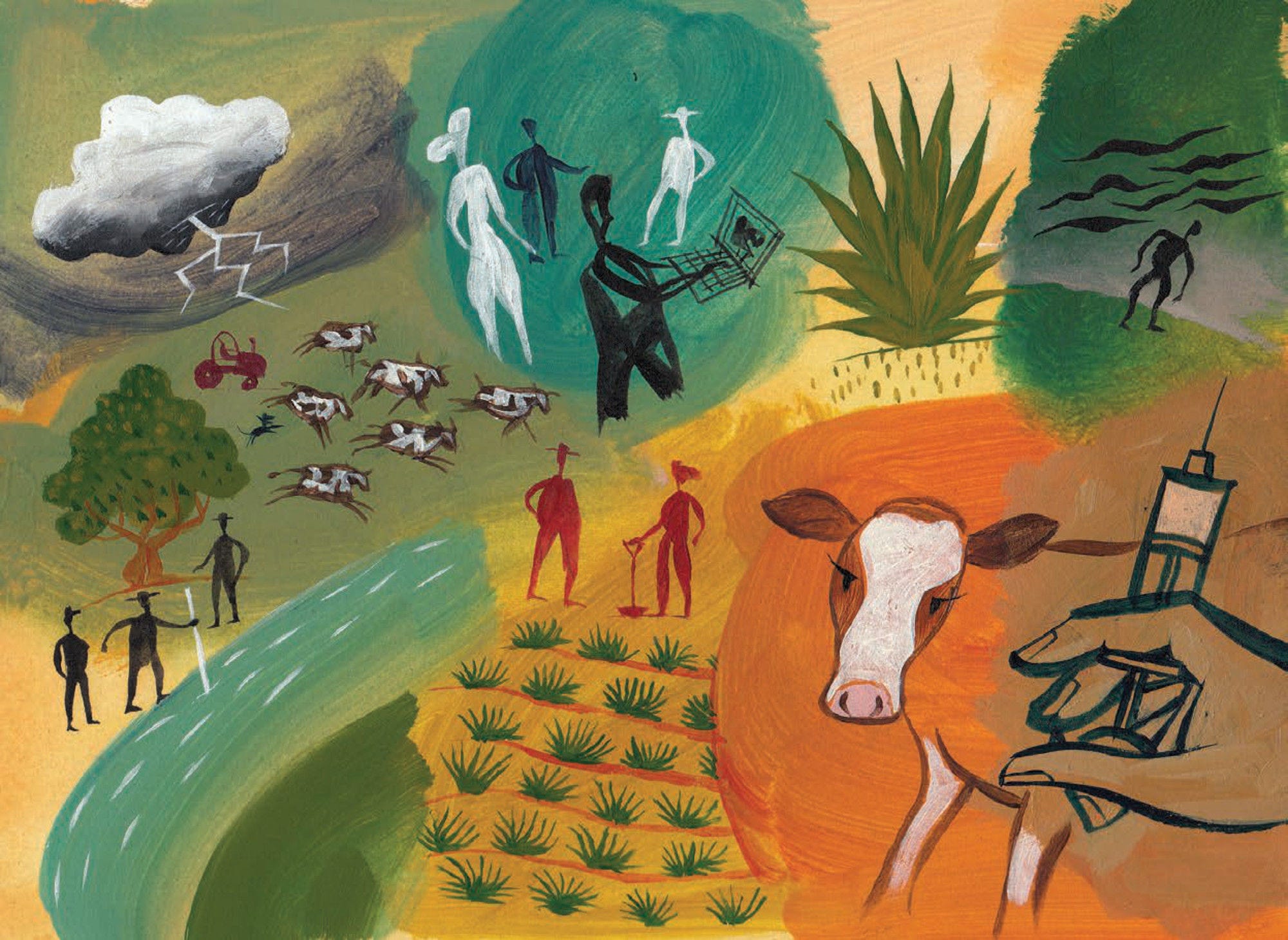Early in the COVID-19 outbreak, there were concerns that the health crisis would develop into a large-scale food crisis similar to the 2007-08 food price crisis, when panic buying and counterproductive policies exacerbated initial supply disruptions. While food supply chains have seen disruptions, and there are future risks that require attention, a food price crisis has been avoided so far, in part thanks to improved transparency in global staple crop markets. Transparency on market conditions and policies is critical in helping reduce market uncertainty, exposing bottlenecks and highlighting risks, all of which help market participants and policy makers develop more effective responses in times of crisis. More broadly, transparency is essential for global markets to work and provide a resilient supply of affordable food. Yet, transparency is not automatic: it requires investments in gathering comparable information, monitoring market and policy developments, and communicating clearly about the findings. This note discusses the importance of transparency, and the investments it requires, using the example of the Agriculture Market Information System (AMIS), a G20 initiative created in response to the 2007-08 food price crisis. While AMIS focuses on major staple crops (wheat, maize, rice and soybeans), experience with AMIS can provide insights for the wider agriculture and food sector.
The role of transparency in avoiding a COVID-19 induced food crisis
Policy paper
OECD Policy Responses to Coronavirus (COVID-19)

Share
Facebook
Twitter
LinkedIn
Abstract
In the same series
-
 Policy paper11 October 2022
Policy paper11 October 2022 -
 Policy paper30 August 2022
Policy paper30 August 2022 -
 21 April 2022
21 April 2022 -
 Policy paper17 March 2022
Policy paper17 March 2022 -
 Policy paper17 March 2022
Policy paper17 March 2022
Related publications
-
 Working paper5 April 2019
Working paper5 April 2019





